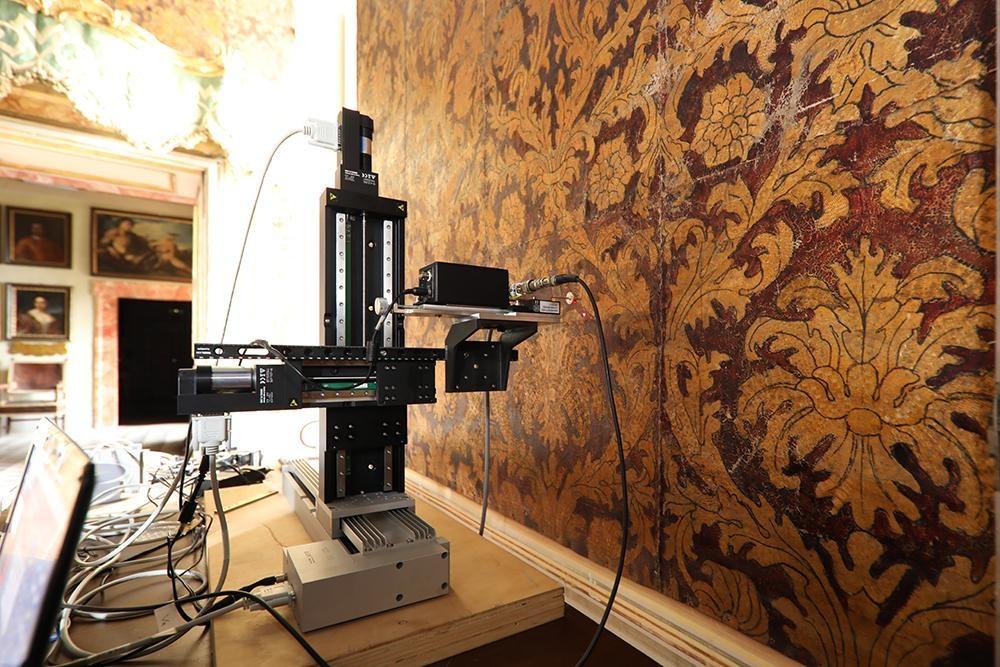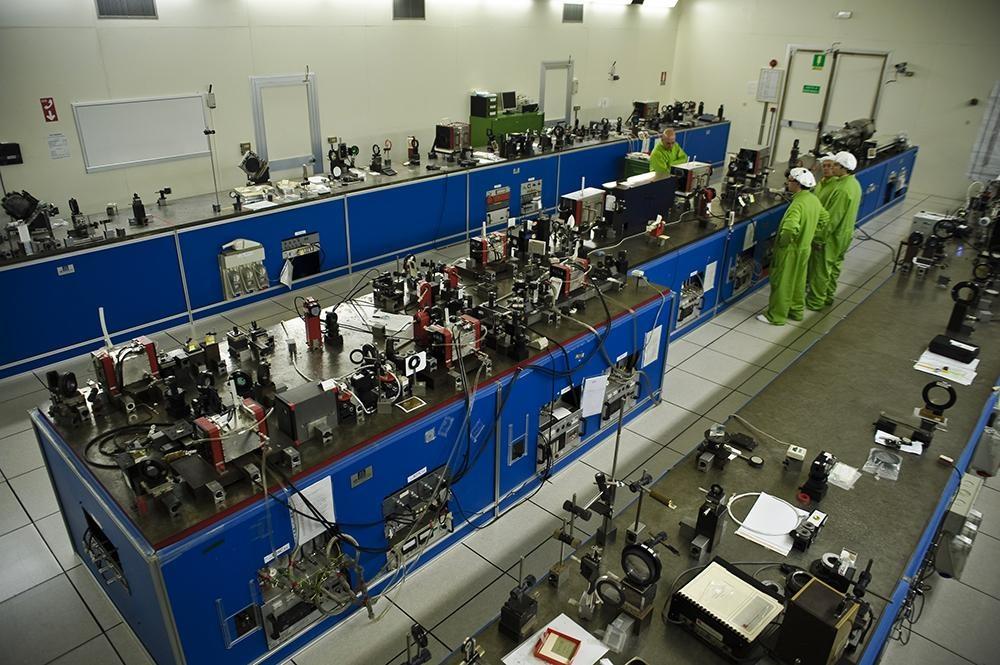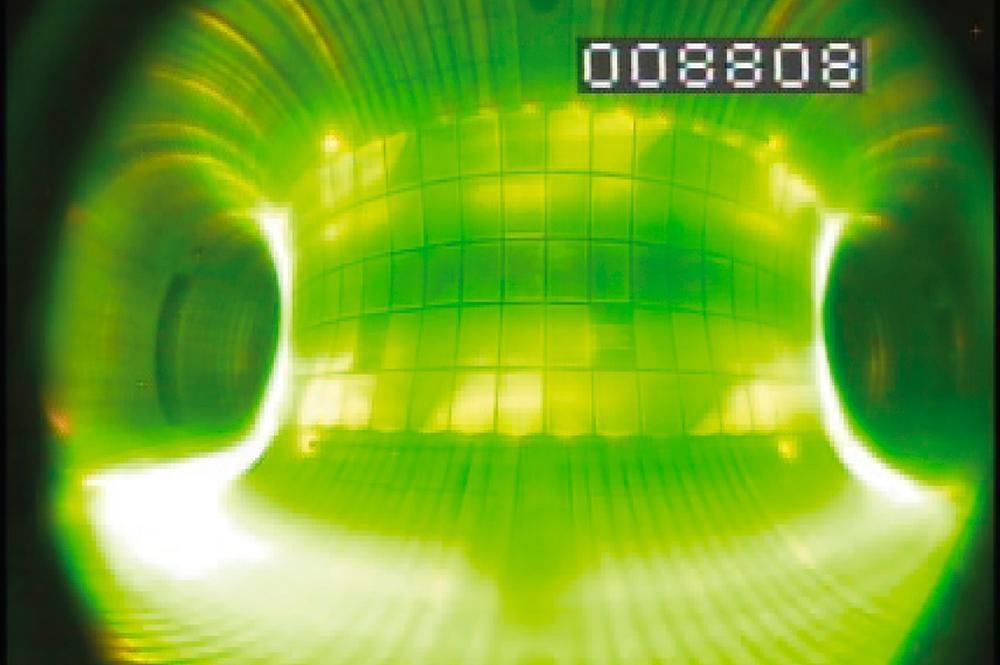
Plasma studies and DTT
The Division of “Plasma Studies and DTT” contributes to the development of the DTT facility by both assigning personnel temporarily to the DTT Consortium and providing technical-scientific services. This includes collaborating on the layout and implementa-tion, studying plasma physics scenarios and plasma-wall interactions, defining physics programs, designing and developing diagnostics and controls, data acquisition and pro-cessing systems, additional heating systems, and auxiliary systems.
The Division develops radiation sources suitable for plasma diagnostics and interdisci-plinary applications. It develops and promotes research programs on plasma physics un-der conditions relevant to achieving energy from nuclear fusion through both magnetic and inertial confinement schemes.
It participates in international collaborations to advance knowledge on fundamental plasma physics phenomena and their modeling, particularly for thermonuclear plasmas in ignition conditions, with special focus on the complex nonlinear processes that char-acterize them.
It develops and participates in research programs to study cold plasmas, such as edge plasmas and interactions with material surfaces.
It develops and studies diagnostics for plasma control and for the protection of Toka-mak machines.
It designs and conducts experiments with equipment for studying plasma configura-tions alternative to the current ones and for applications to space and astrophysical plasmas.
It contributes to the development of plasma-acceleration systems.
It develops technologies and research programs for creating and using systems and sources across a wide spectrum, including millimeter waves, far infrared, THz, visible, UV, and X-rays for plasma diagnostics, studies on material and component properties , and interdisciplinary applications.
It ensures participation in research activities on experimental magnetic confinement machines in European and - in general - international contexts, utilizing and analyzing data, and developing theoretical modelings.
It promotes and manages agreements with both Italian and foreign research organiza-tions and universities, . Specifically, within Europe, it participates in the EUROfusion Consortium program for achieving fusion energy, with a focus on ITER and the DEMO demonstration reactor.
It collaborates on experimental work with RFX and JT60-SA machines.
It coordinates ENEA participation in research activities on experimental machines in the European fusion program.
It develops conceptual studies for designing hybrid fusion-fission reactors.
It develops and promotes research programs on plasma physics for space propulsion and builds experimental systems for conceptual study.
Main Tasks and Functions
- It develops the design and construction of DTT components and systems, and it col-laborates on its facility layout, diagnostics, heating systems, and auxiliary systems.
- It actively collaborates in defining DTT physics and its experimental program.
- It implements experimental programs in physics and technology to understand the physical phenomena at the base of magnetic and inertial fusion, as well as laser-matter interaction.
- It operates the ABC laser facility for inertial confinement fusion and laser-matter in-teraction studies, in collaboration with major international laboratories.
- It creates diagnostic systems for plasma studies.
- It analyzes fundamental interactions in thermonuclear plasmas, developing theoretical descriptions, formalizing the necessary models to predict behavior, and implementing them in numerical codes for simulation under realistic conditions.
- It designs and constructs radiofrequency coupling structures for plasmas.
- It contributes to the experimentation and data analysis on machines in the European and international fields.
- It develops and operates alternative systems to Tokamak machines for studying mag-netic confinement.
- It collaborates in the study of space and astrophysical plasmas with potential fusion applications.
- It develops compact plasma acceleration systems coupled with free-electron devices.
- It collaborates with Italian and foreign universities and laboratories for joint activities on facilities at ENEA – Centro Ricerche Frascati and other research centers, both through EUROfusion, national and international projects and agreements.
- It provides training for young Italian and foreign researchers.
- It may assign personnel on a temporary basis under the EPIC Agreement between ENEA and the DTT Consortium to contribute to the Divertor Tokamak Test facility.
- It studies new magnetic configurations for plasma confinement, including hybrid fusion-fission systems.






